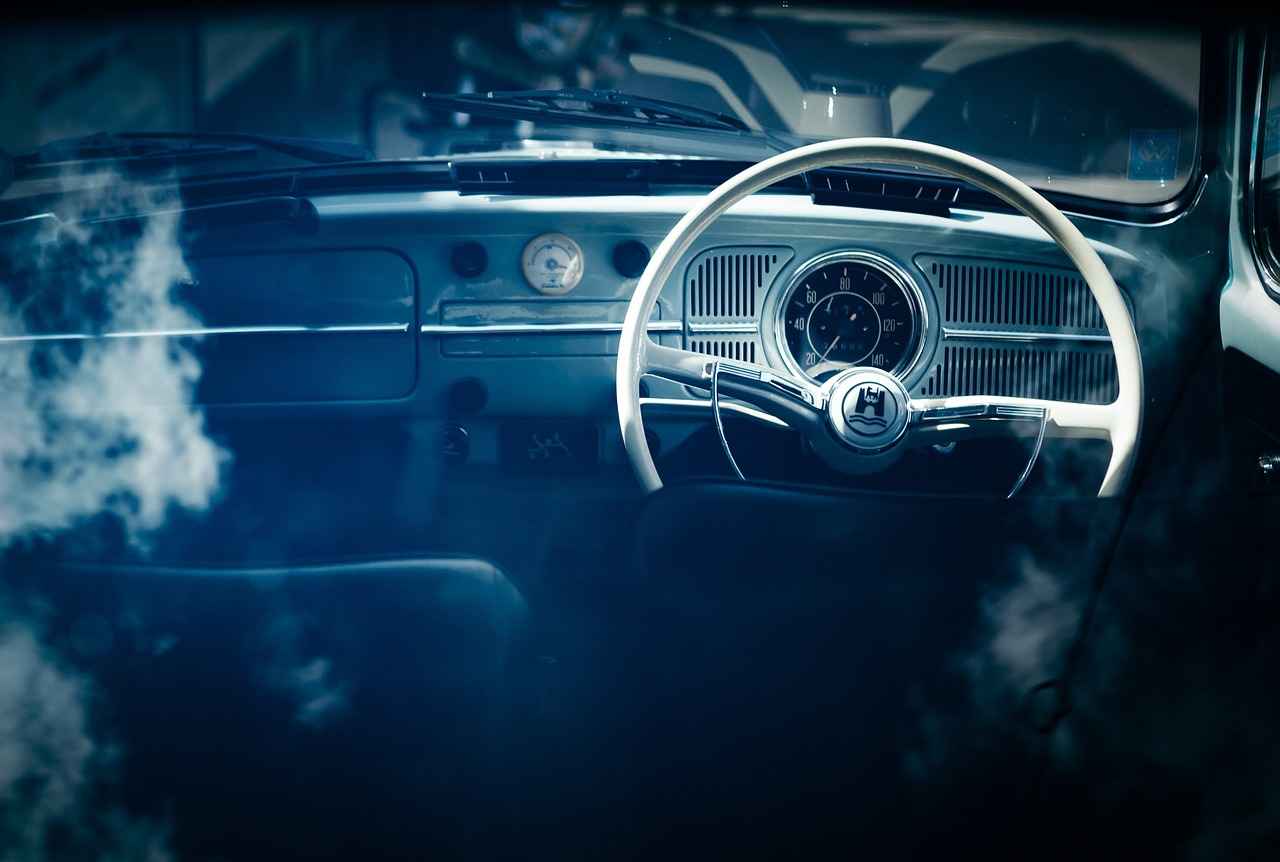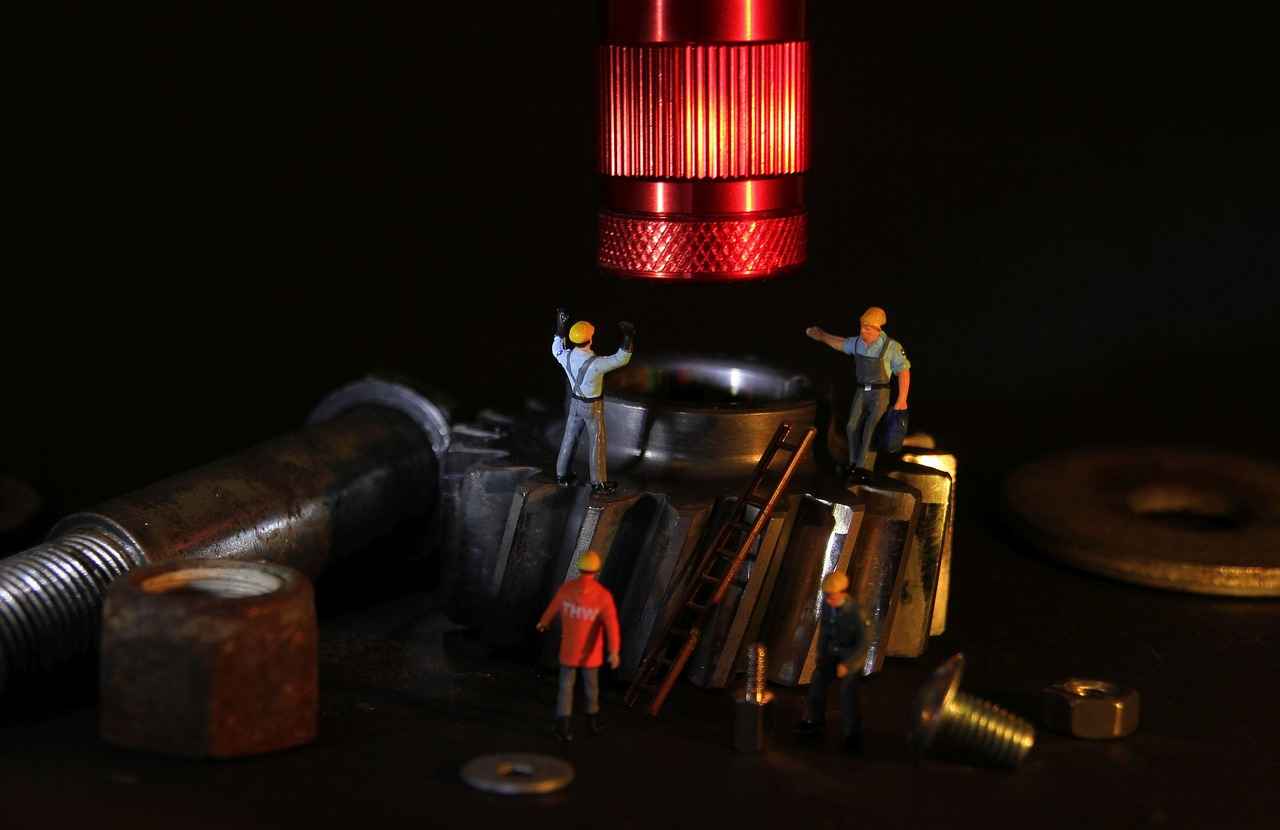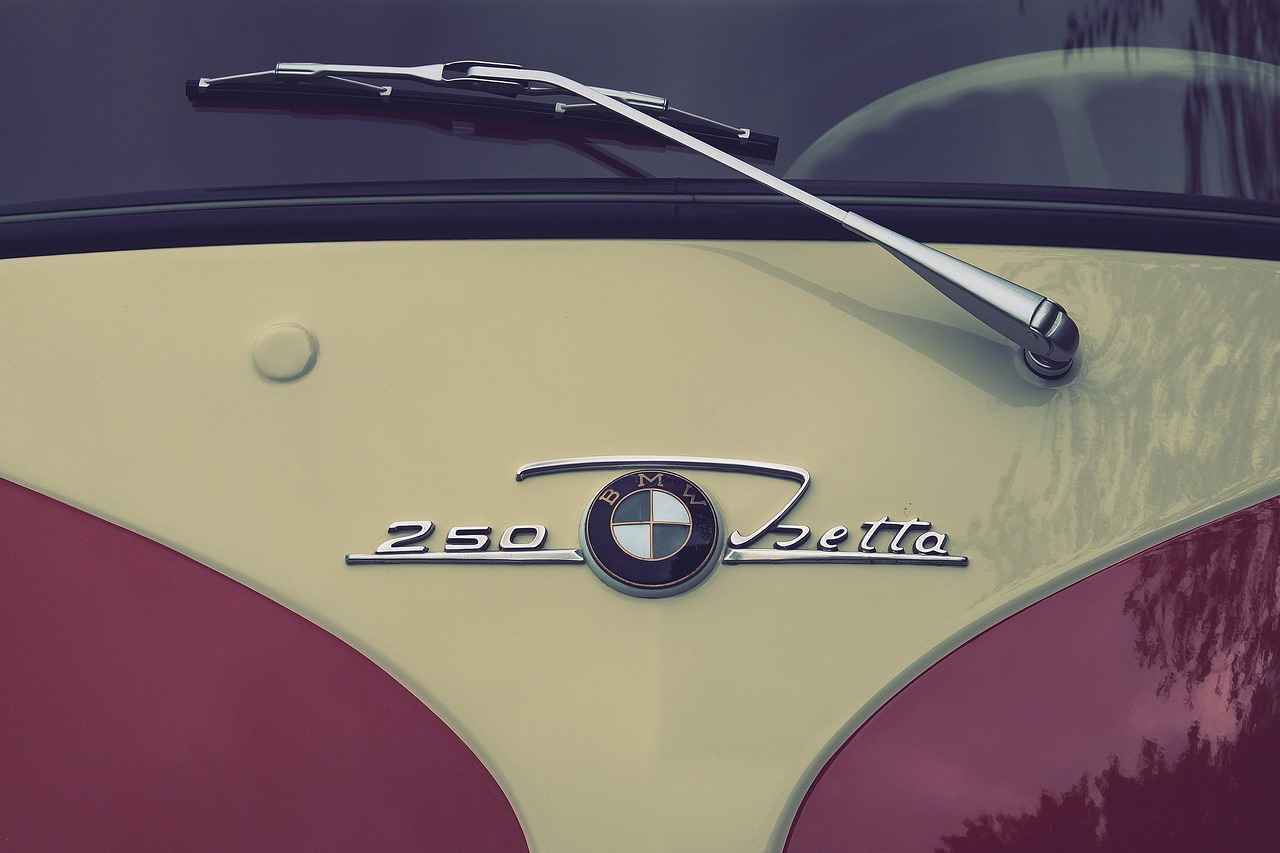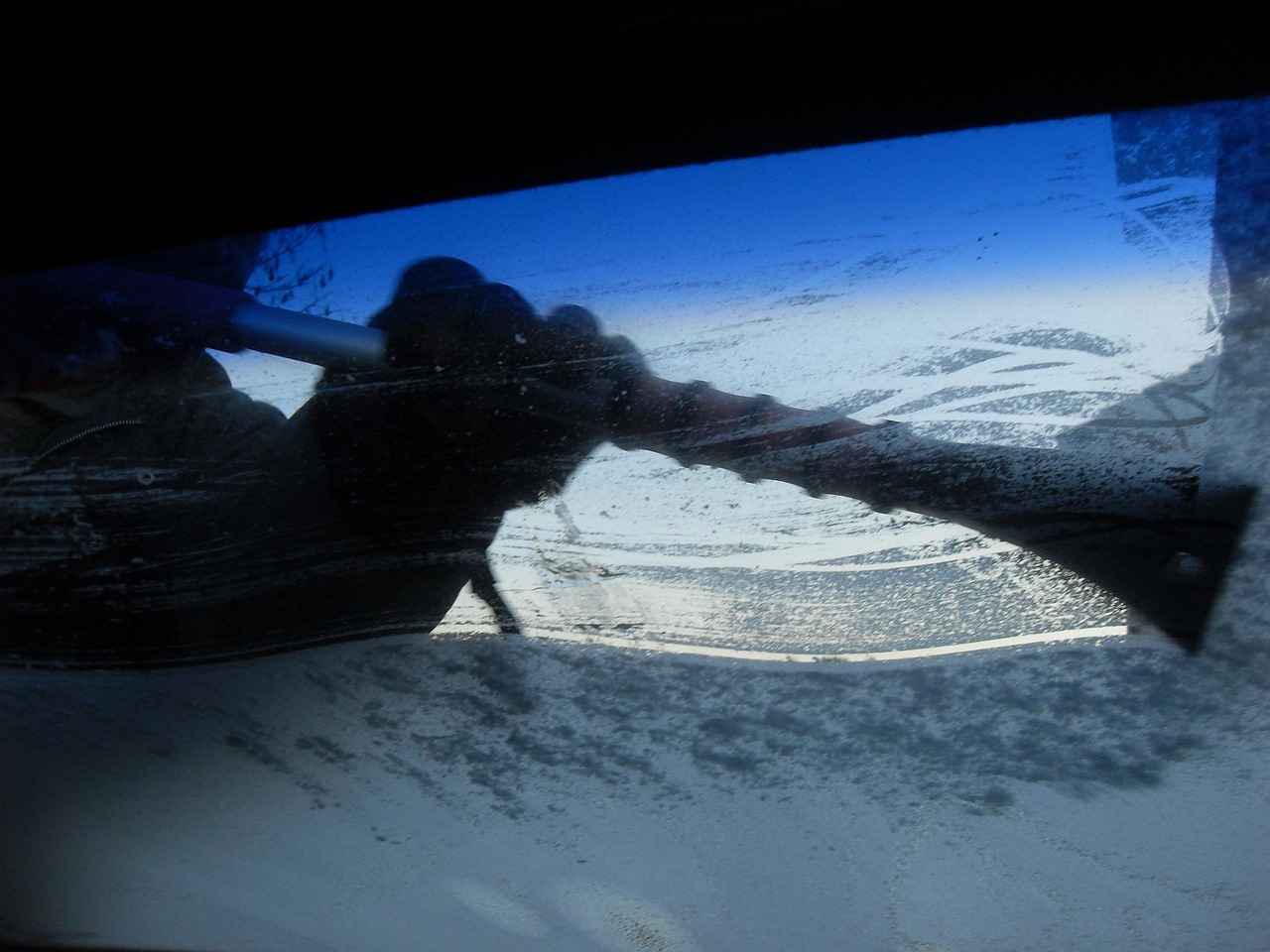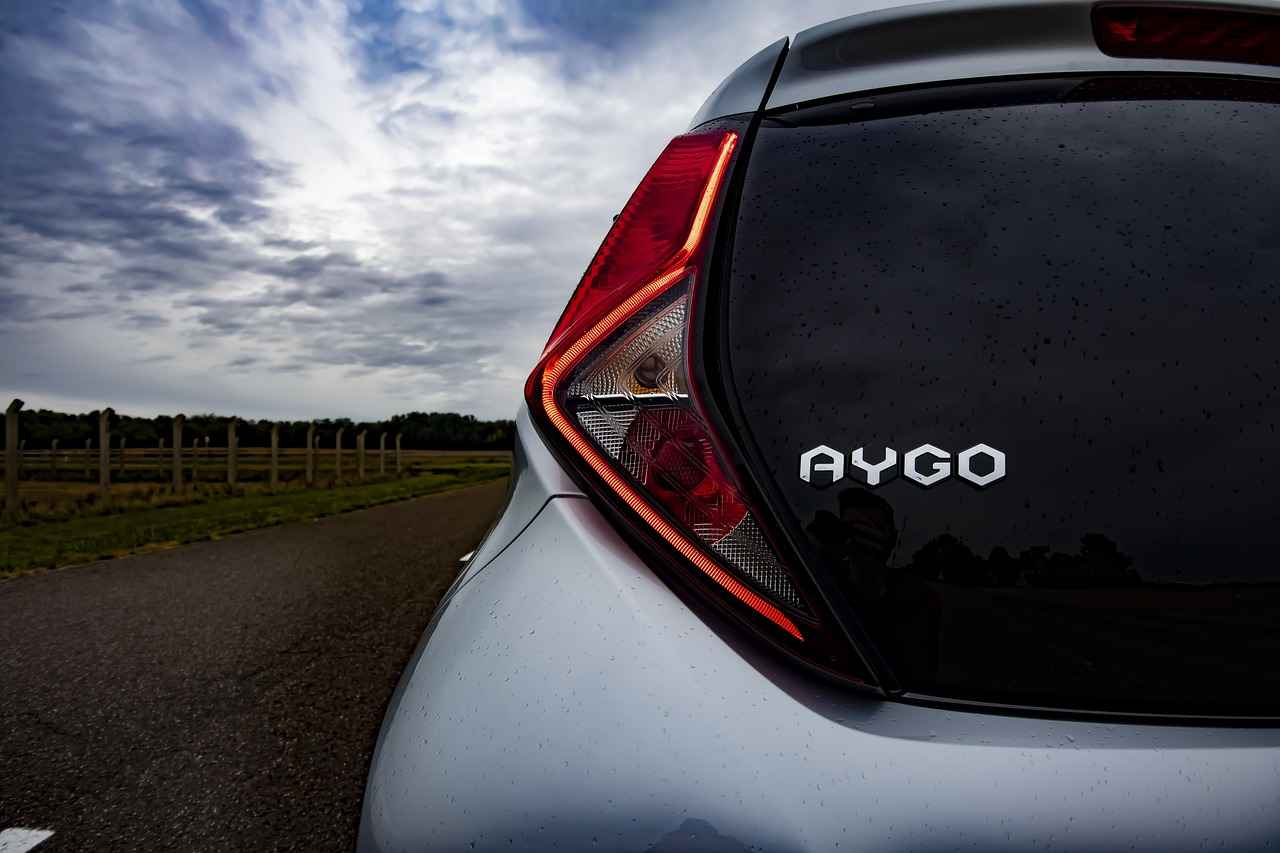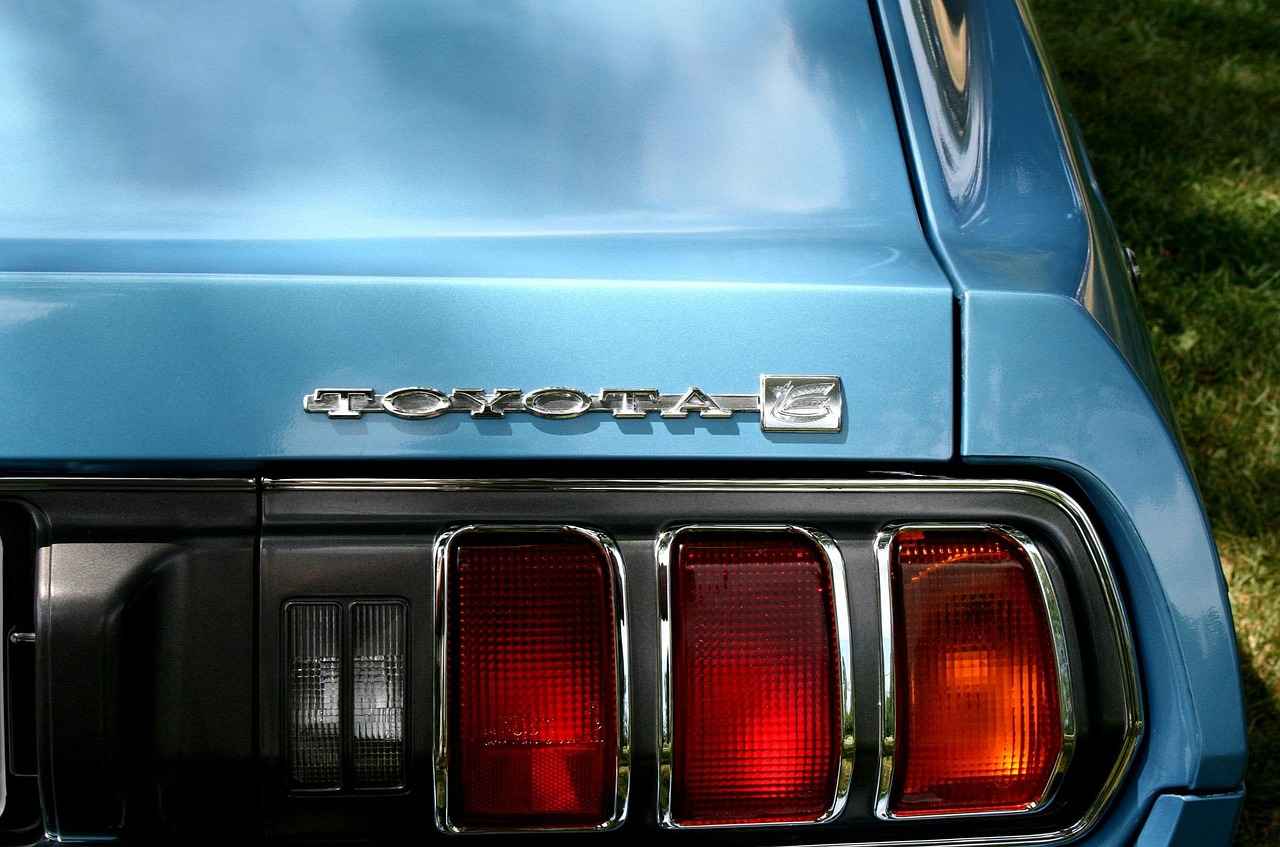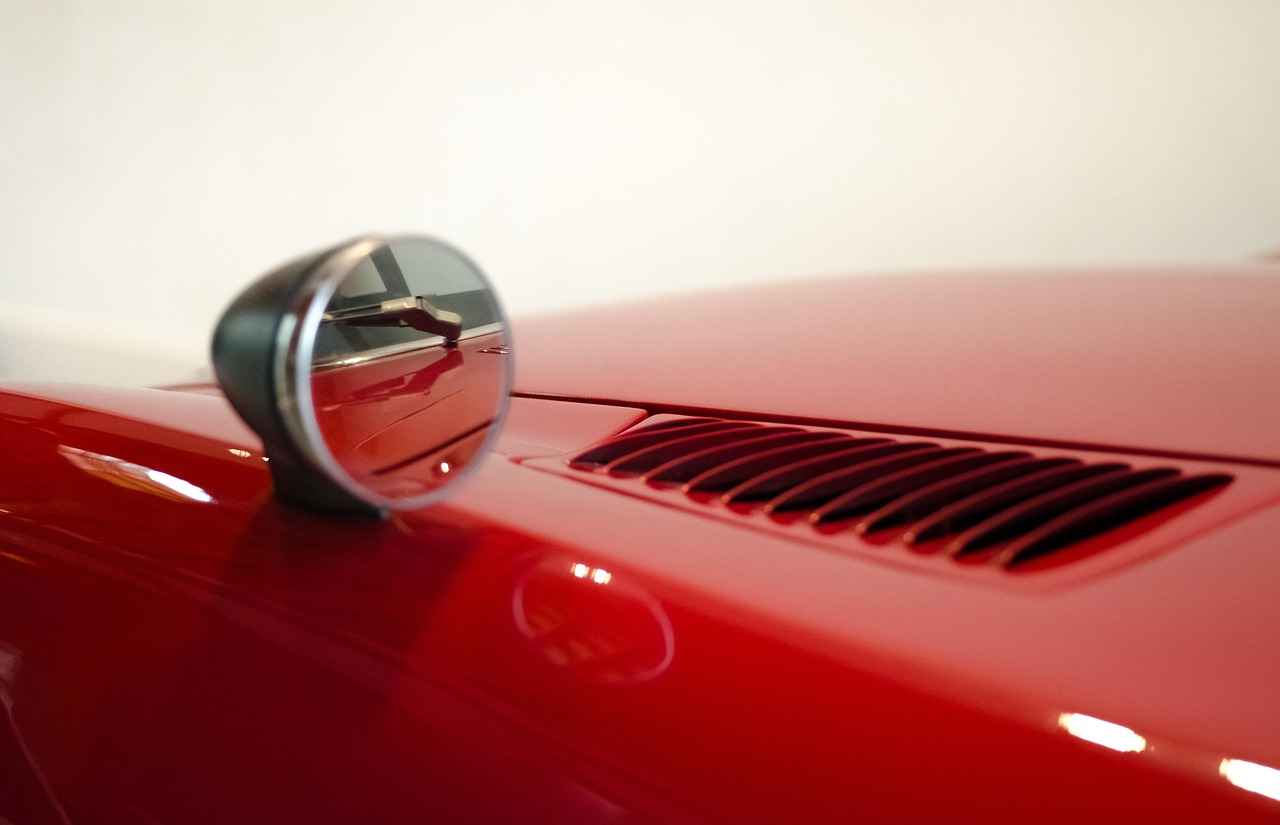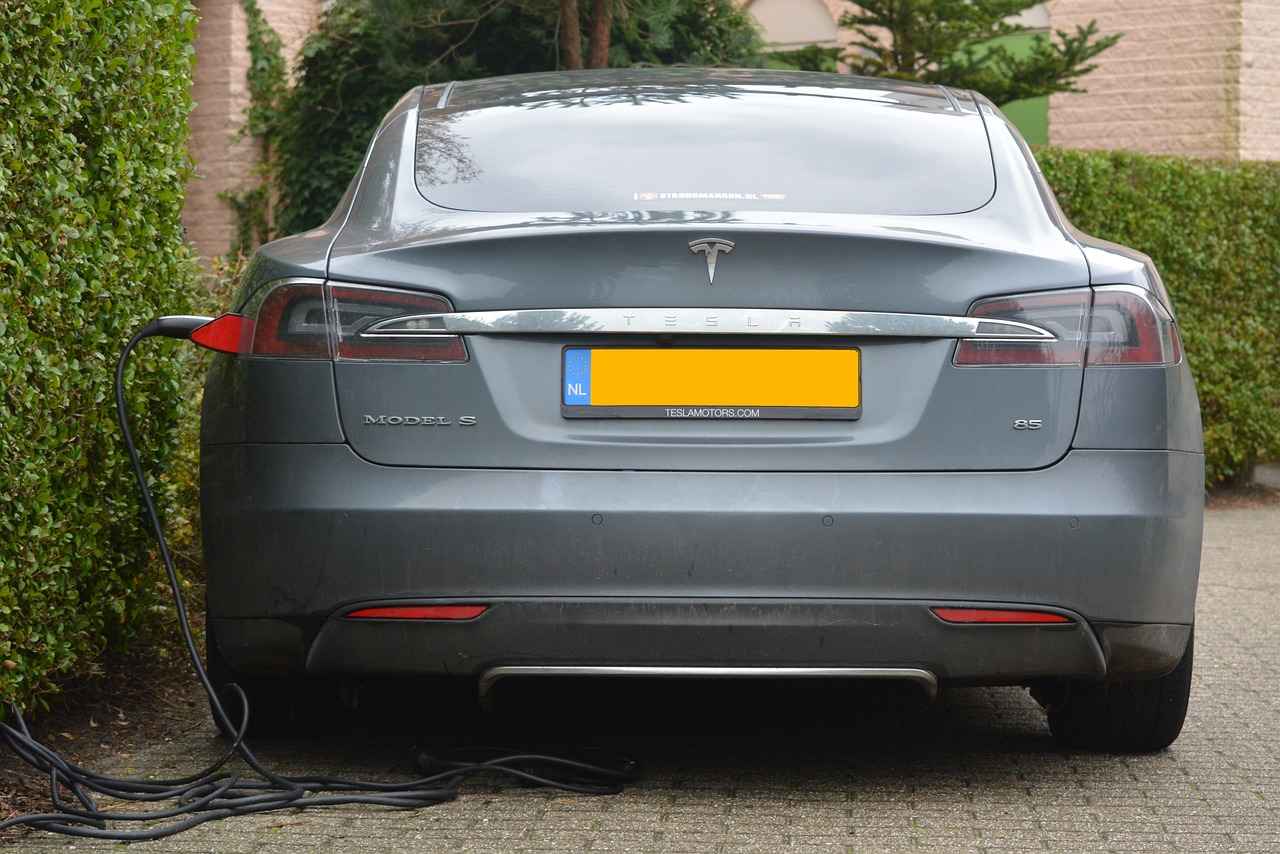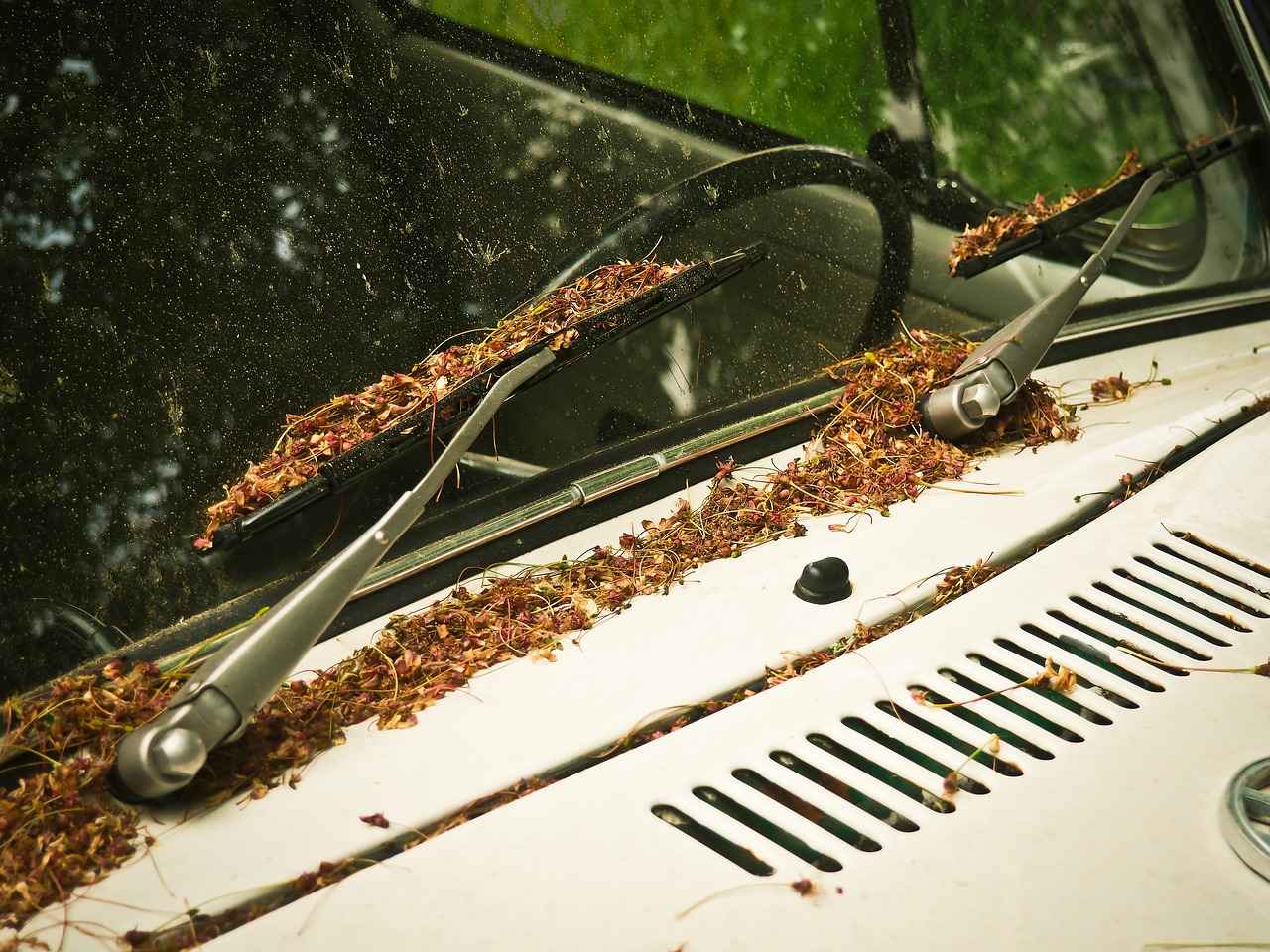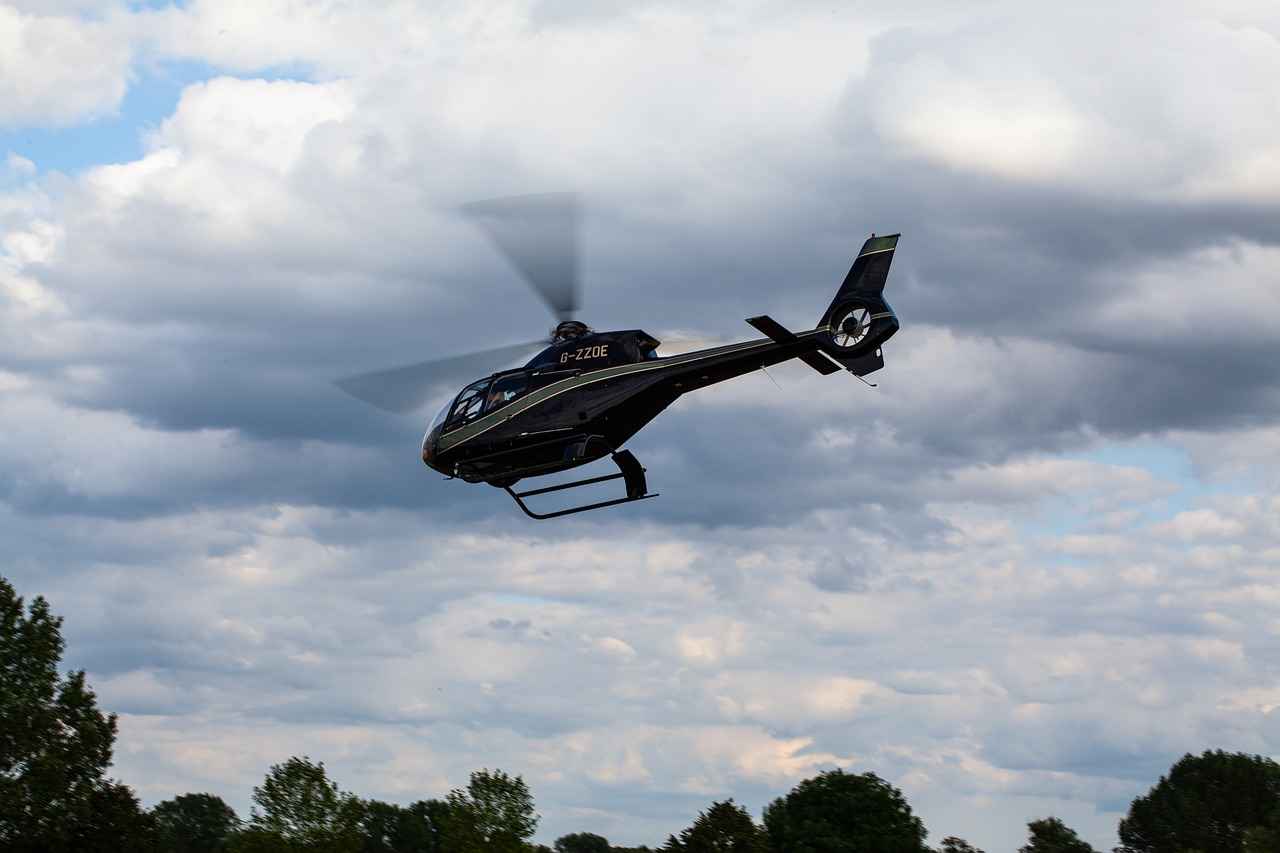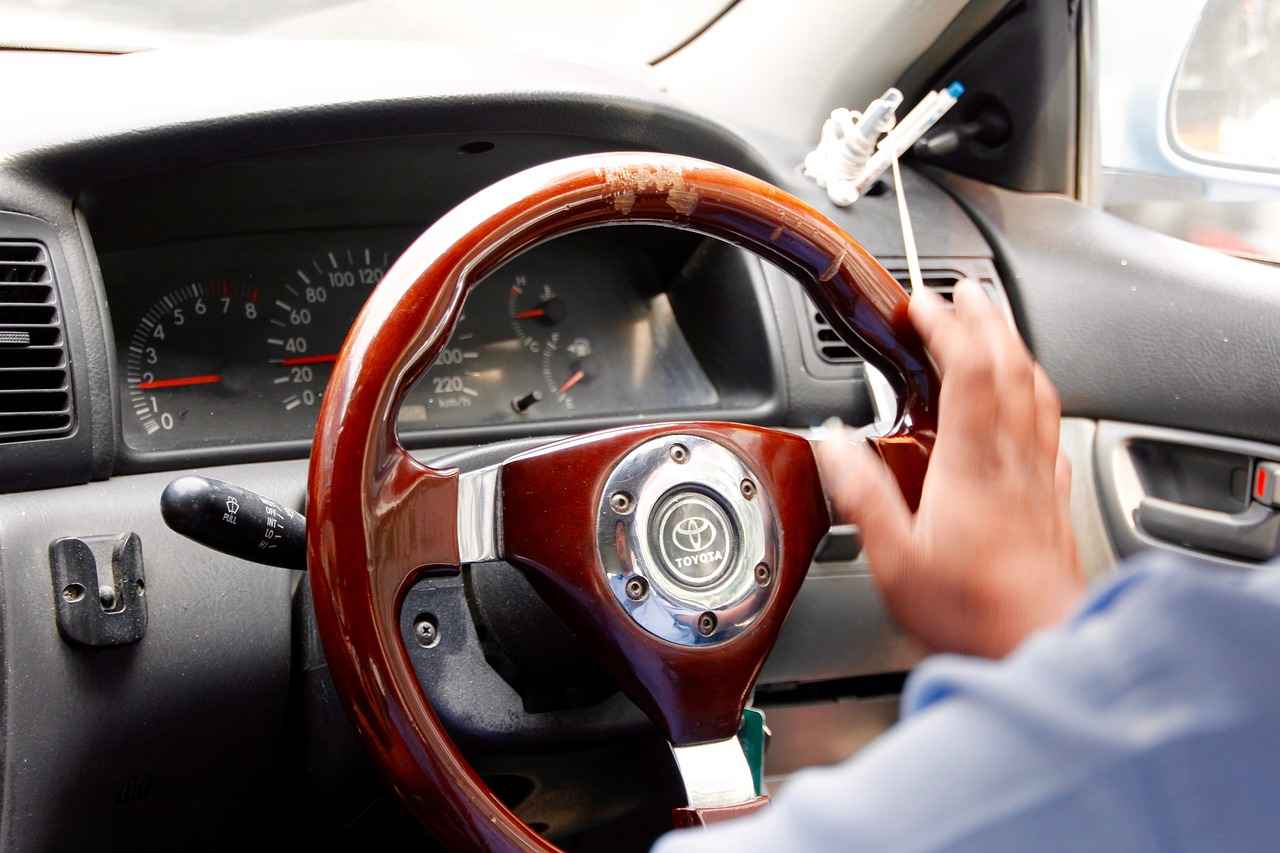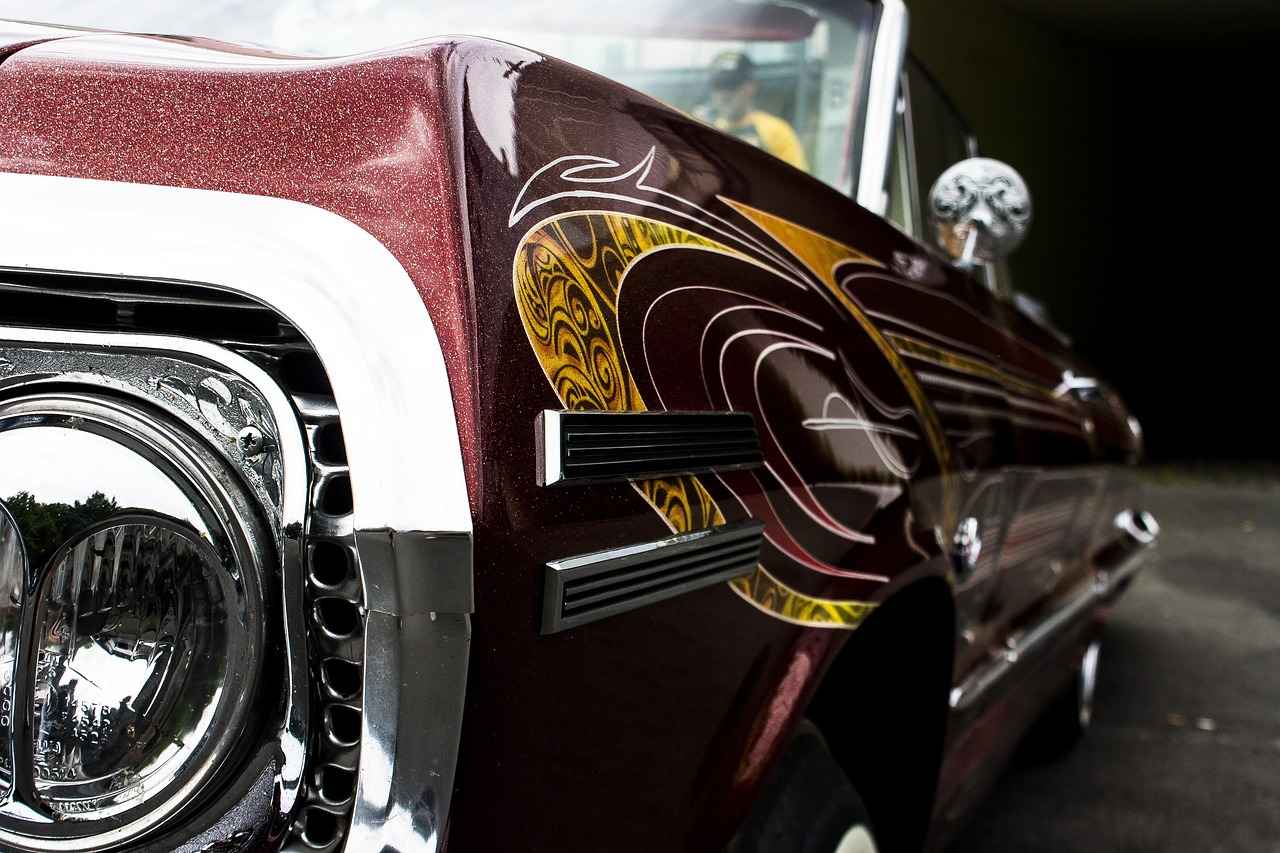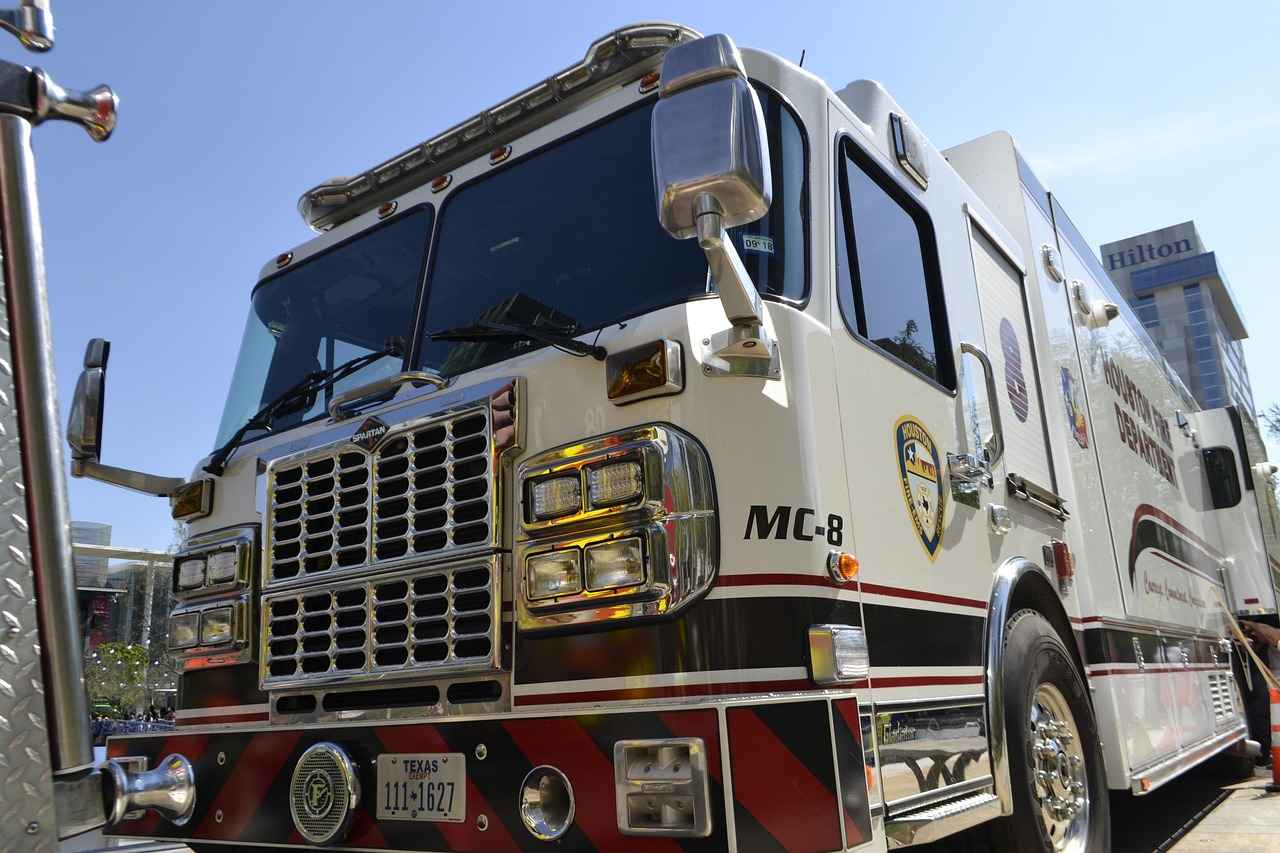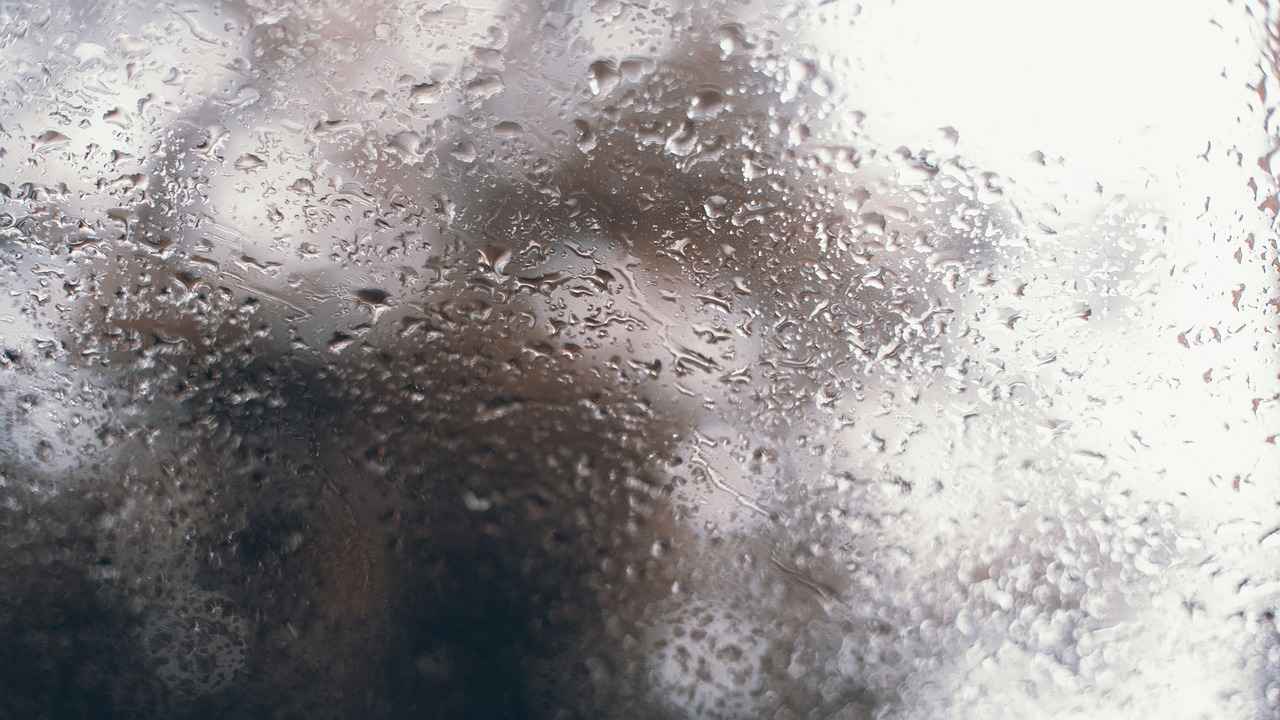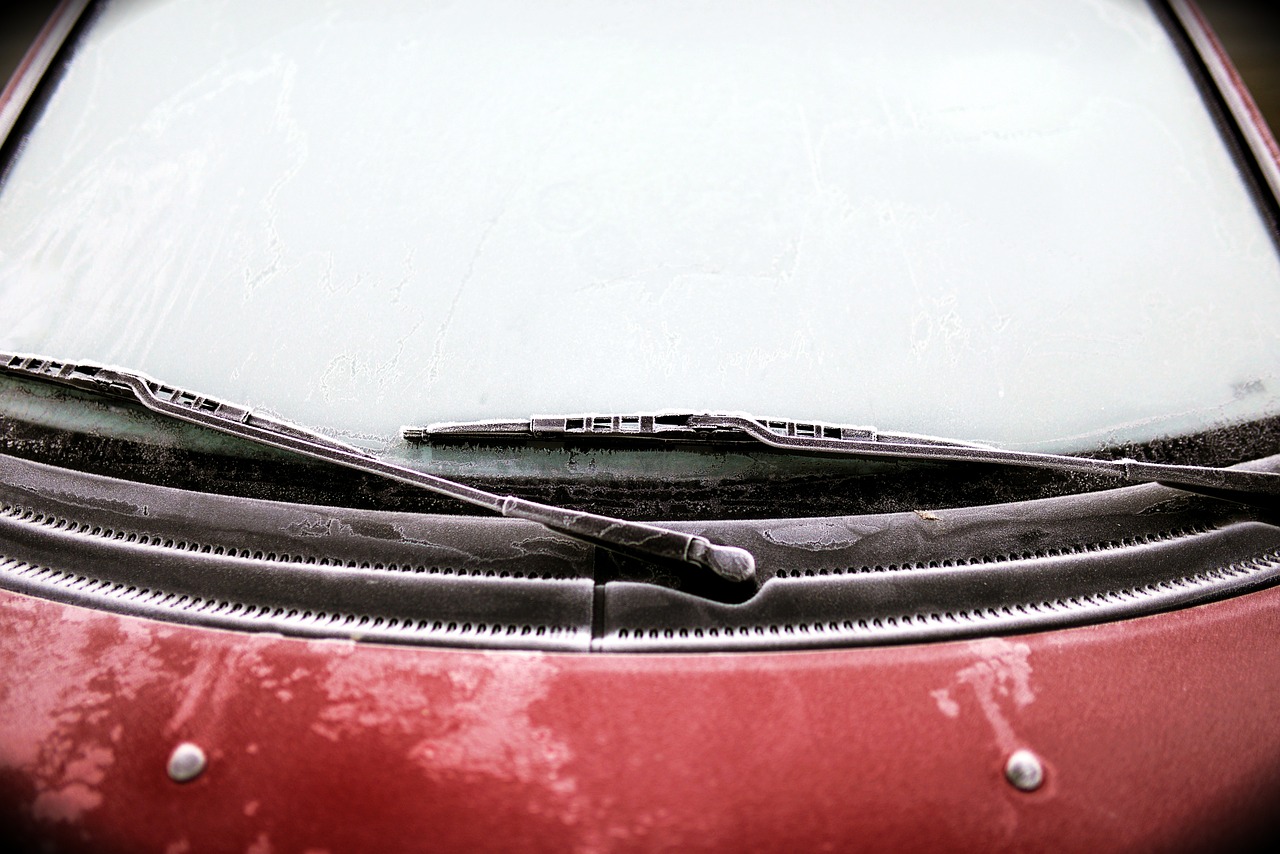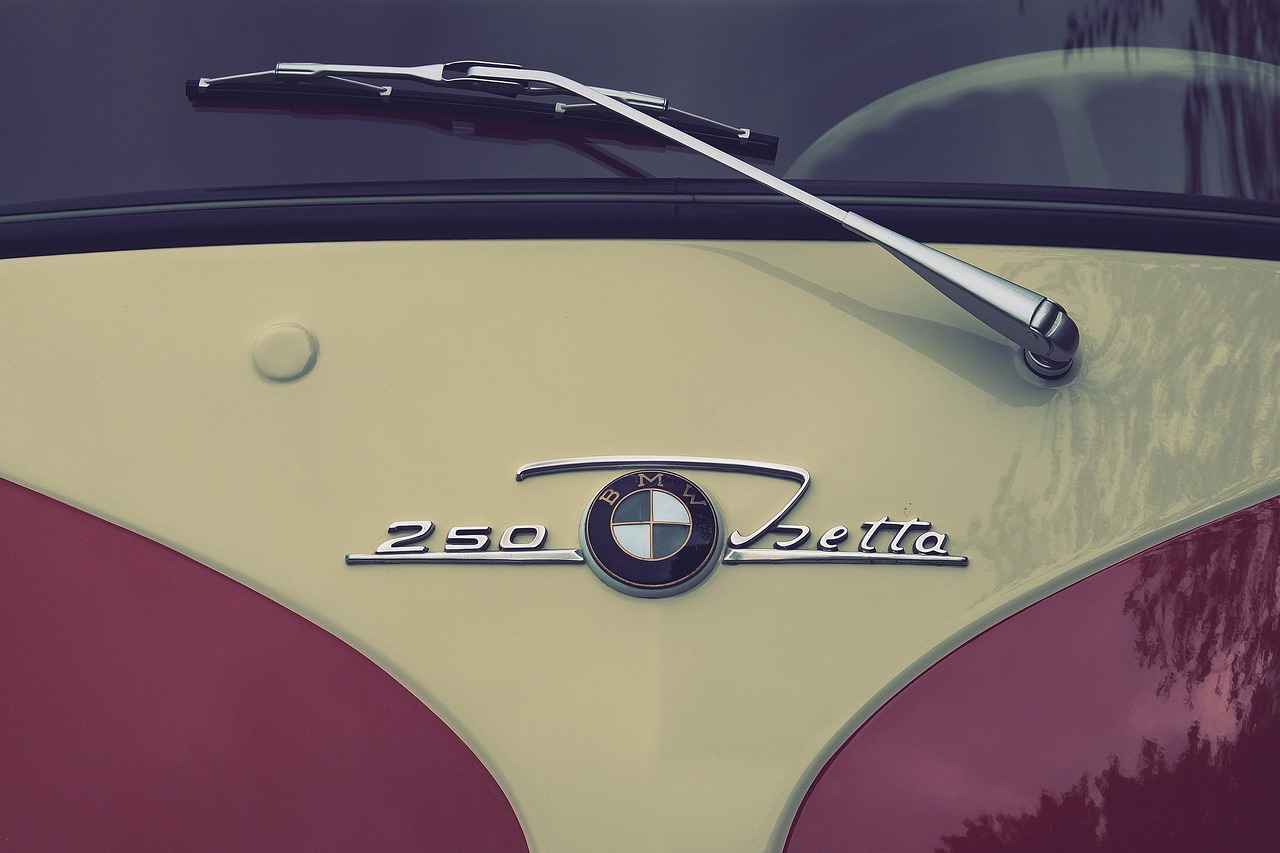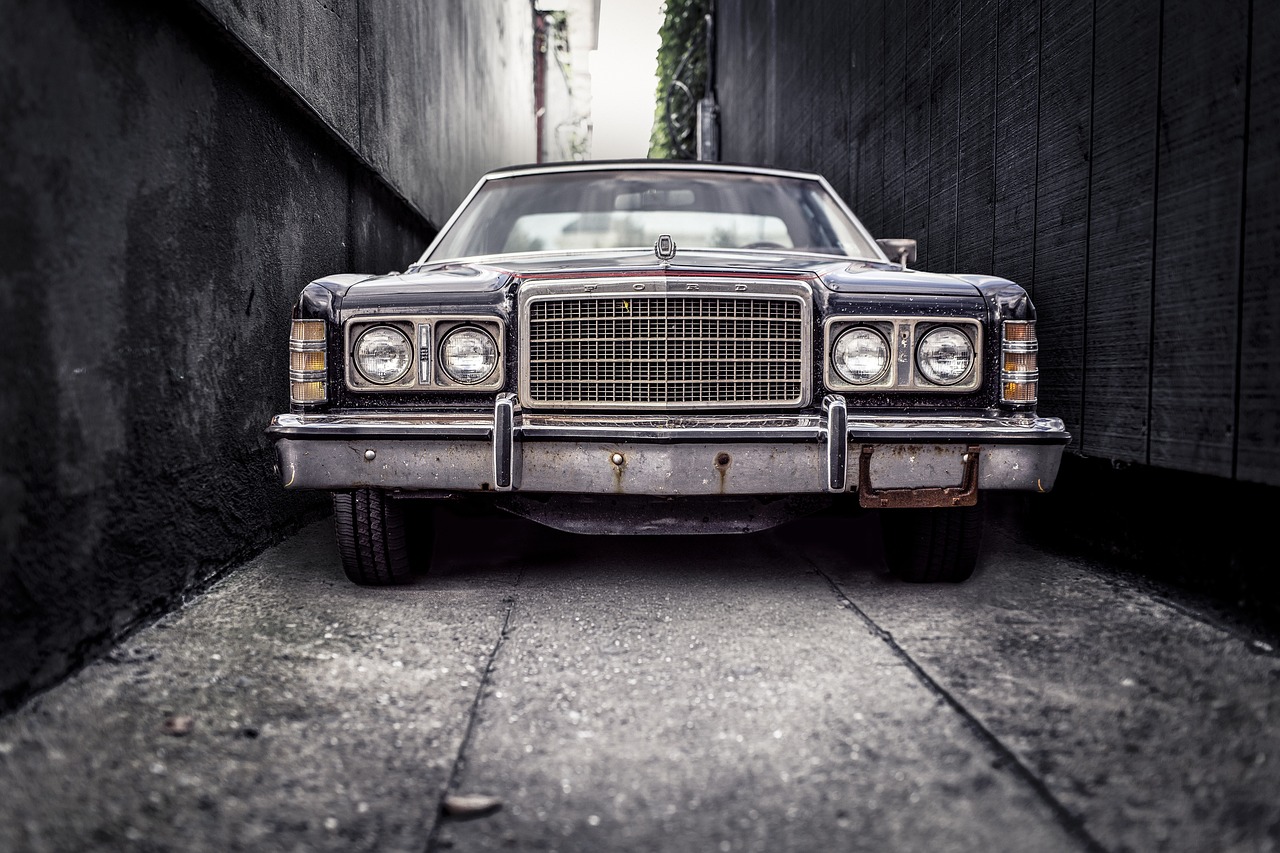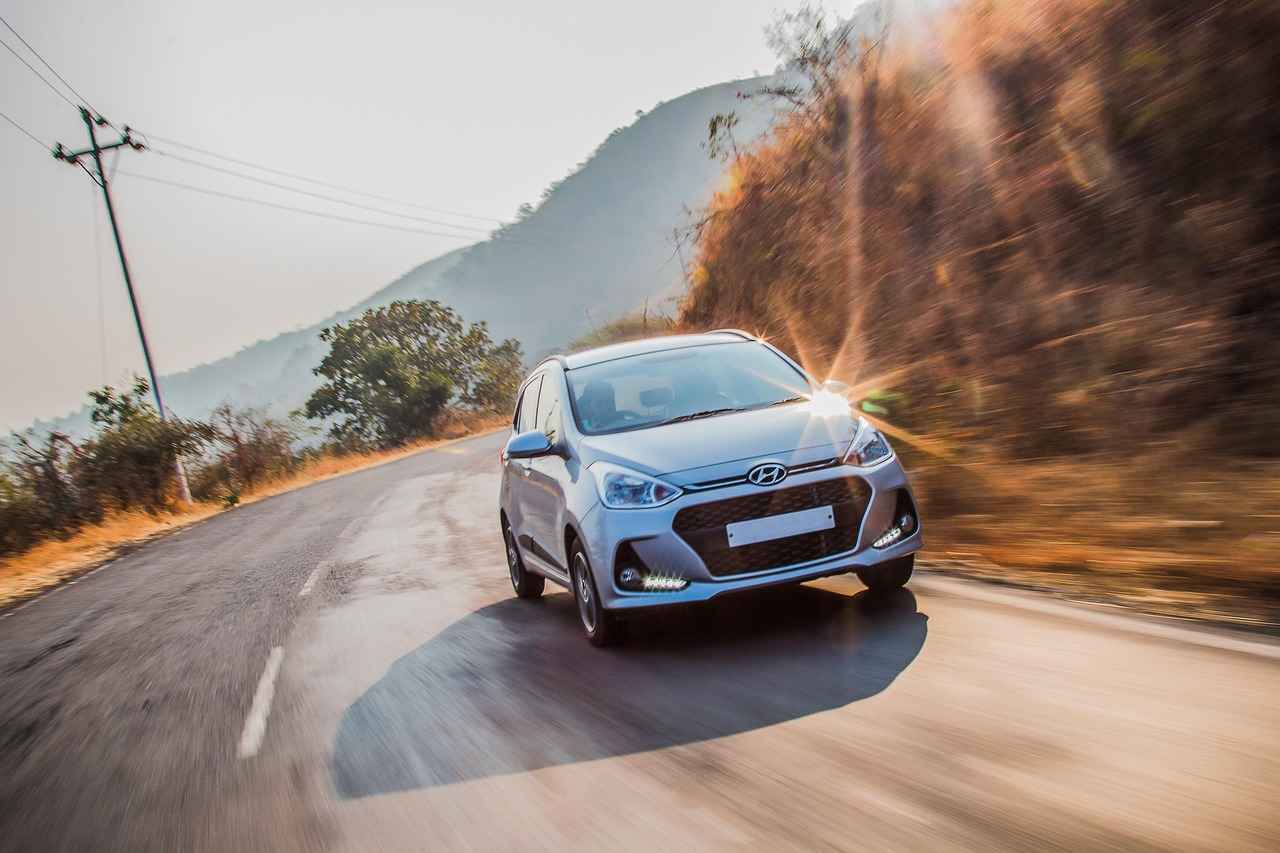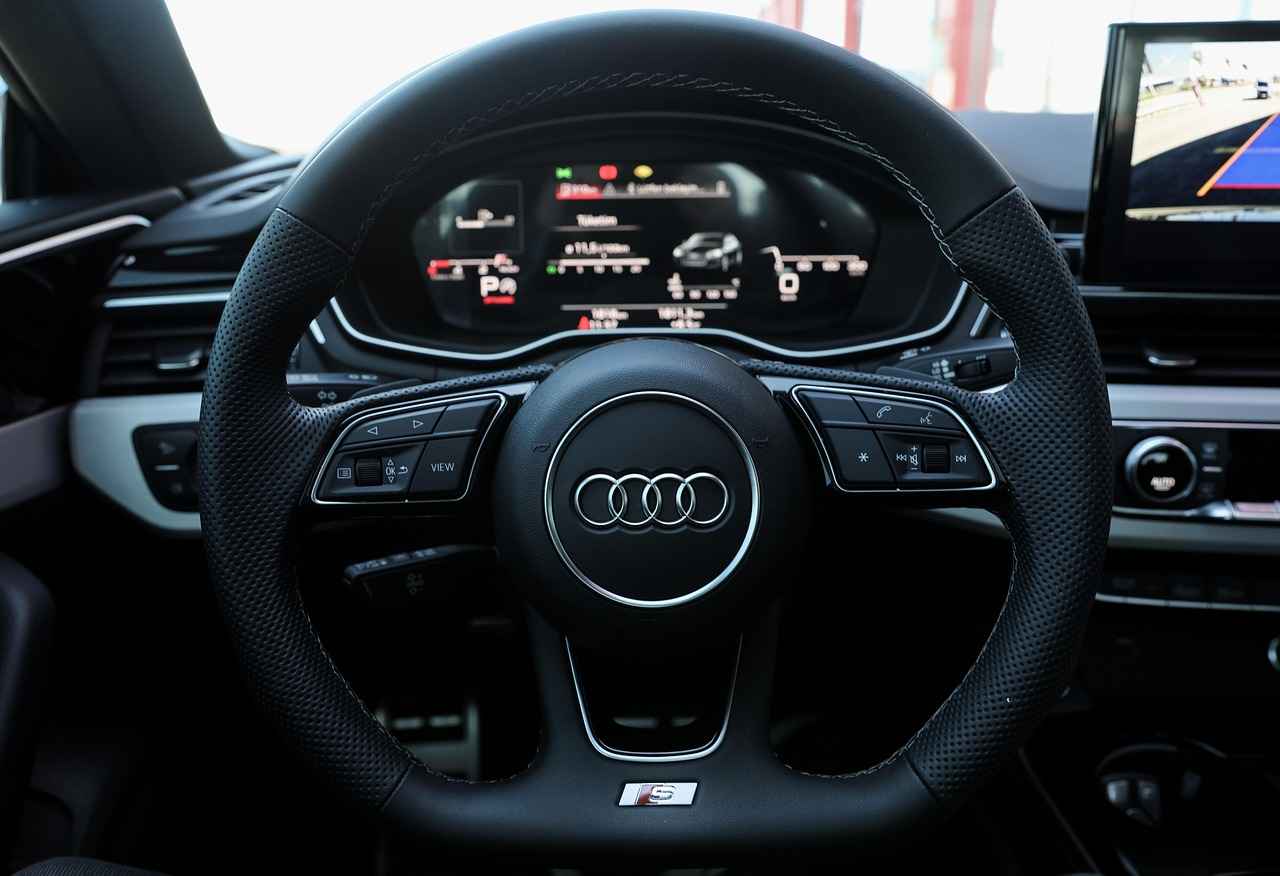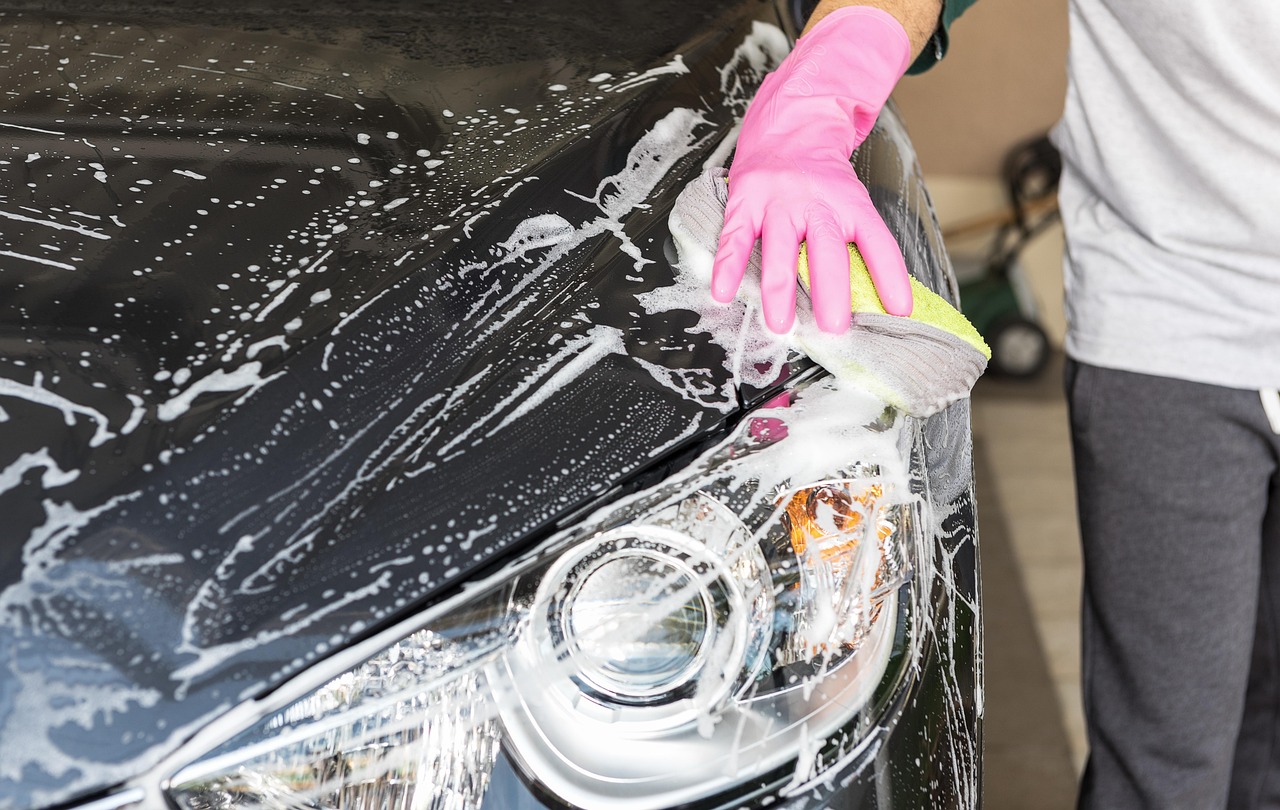Windshield wipers are an essential component of vehicle safety, yet they are often overlooked until they fail. This article delves into the importance of windshield wiper replacement, the signs that indicate the need for new wipers, and practical tips for selecting and maintaining them to ensure optimal safety and performance.
Windshield wipers play a critical role in maintaining visibility during adverse weather conditions. They help clear rain, snow, and debris from your windshield, allowing for safe driving. Without functioning wipers, your ability to see the road can be severely compromised, leading to dangerous situations. Regularly replacing your wipers is vital to ensure they perform effectively when you need them the most.
Recognizing the signs of worn-out windshield wipers is crucial for preventing hazardous driving conditions. Here are some key indicators that suggest it’s time for a replacement:
- Streaking: If your wipers leave streaks on the windshield, they are no longer effectively clearing water.
- Skipping: Wipers that skip across the glass instead of moving smoothly are a sign of wear.
- Unusual Noises: Squeaking or grinding noises can indicate that the rubber is damaged.
- Cracks or Tears: Visually inspect your wipers for any visible damage.
It’s recommended to inspect your windshield wipers at least every six months. Seasonal changes may necessitate more frequent checks. For instance, if you live in an area that experiences heavy rain or snow, consider checking your wipers more often to ensure they are in prime condition.
Several factors can influence how long your windshield wipers last:
- Climate: Extreme temperatures can cause the rubber to degrade faster.
- Usage: Frequent use, especially in harsh conditions, can wear them out more quickly.
- Quality: Higher-quality wipers often last longer than cheaper alternatives.
Selecting the appropriate windshield wipers involves considering various factors:
- Size: Ensure you know the correct size for your vehicle’s make and model.
- Type: There are conventional, beam, and hybrid wipers, each with unique benefits.
- Material: Look for wipers made from high-quality rubber for durability.
Understanding the different types of windshield wipers can help you choose the best option for your needs:
- Conventional Wipers: These are the traditional style and are often less expensive.
- Beam Wipers: These have a more aerodynamic design and provide better contact with the windshield.
- Hybrid Wipers: Combining features from both conventional and beam wipers, they offer enhanced performance.
Proper installation is key to ensuring your new wipers function effectively. Follow these steps:
1. Remove the old wiper by lifting the arm and pressing the release tab.2. Align the new wiper with the arm and click it into place.3. Lower the arm back onto the windshield gently.4. Test the new wipers to ensure they operate smoothly.
By following these guidelines, you can enhance the performance and longevity of your windshield wipers, ensuring your safety on the road.

Why Are Windshield Wipers Essential for Your Safety?
Windshield wipers are often overlooked components of vehicle safety, yet they play a critical role in ensuring clear visibility during adverse weather conditions. Whether it’s rain, snow, or sleet, functioning wipers are essential for maintaining a safe driving environment. This section explores the importance of windshield wipers, highlighting their contribution to overall road safety and why they should never be neglected.
When driving in poor weather, visibility can be drastically reduced. Windshield wipers help combat this issue by effectively clearing rain, snow, and debris from the windshield. Without properly functioning wipers, drivers may struggle to see the road ahead, increasing the likelihood of accidents. The importance of maintaining clear visibility cannot be overstated; studies have shown that poor visibility is a significant factor in many traffic accidents.
Moreover, windshield wipers are designed to work in tandem with your vehicle’s defrosting systems. In cold weather, ice and snow can accumulate on the windshield, obstructing your view. Wipers not only help clear this buildup but also ensure that the defroster can work effectively. This synergy is vital for safe navigation through winter conditions.
In addition to improving visibility, windshield wipers also contribute to the overall functionality of your vehicle. They help maintain the integrity of your windshield by preventing water and debris from seeping into any cracks or imperfections. This is particularly important as even small cracks can lead to larger issues over time, potentially requiring costly repairs or replacements.
Another key aspect of windshield wipers is their ability to enhance driver confidence. When drivers know their wipers are in good condition and can handle adverse weather, they are more likely to make informed decisions on the road. This confidence leads to safer driving behaviors, ultimately reducing the risk of accidents.
To ensure that your windshield wipers are performing optimally, it is crucial to inspect them regularly. Look for signs of wear such as streaking, skipping, or noises when in use. If you notice any of these symptoms, it may be time for a replacement. In fact, many experts recommend replacing windshield wipers every six to twelve months, depending on usage and environmental conditions.
In summary, the role of windshield wipers in maintaining visibility during adverse weather conditions is vital for safe driving. They not only enhance visibility but also contribute to the overall safety and functionality of the vehicle. By understanding their importance and regularly maintaining them, drivers can significantly reduce their risk of accidents and ensure a safer driving experience.

What Are the Signs That Indicate You Need to Replace Your Wipers?
When it comes to ensuring your safety on the road, worn-out windshield wipers can pose a significant risk. Understanding the signs that indicate a need for replacement is crucial for maintaining clear visibility during adverse weather conditions. This section will explore the key indicators that suggest it’s time to invest in new wipers, ultimately helping you stay safe while driving.
- Streaking on the Windshield: One of the most noticeable signs of worn-out wipers is the presence of streaks on your windshield. If your wipers fail to clear away rain or debris completely, it may be time to consider a replacement. Streaks not only obstruct your view but can also create dangerous driving conditions, especially in heavy rain.
- Skipping or Chattering: If your wipers skip across the glass or make a chattering noise, this is a clear indication of wear. This issue can stem from worn rubber or a malfunctioning wiper arm. Ignoring this sign may lead to further damage and decreased visibility.
- Cracks or Tears in the Rubber: Physical damage to the wiper blades, such as cracks, tears, or chunks missing from the rubber, is a direct sign that they need to be replaced. Inspect your wipers regularly to catch this type of wear early.
- Unusual Noises: If your wipers produce squeaking or grinding noises while in operation, it’s a strong indicator that they are not functioning correctly. These sounds can be caused by dirt accumulation or damage to the blade itself, which can lead to further deterioration if not addressed.
- Age of the Wipers: Even if your wipers appear to be functioning well, consider their age. Most manufacturers recommend replacing windshield wipers every six to twelve months. If you can’t remember the last time you changed them, it’s probably time for a new set.
Regularly checking your windshield wipers for these signs can significantly enhance your driving safety. Neglecting to replace worn wipers can lead to reduced visibility and increase the risk of accidents, especially during inclement weather. By being proactive and addressing these issues promptly, you can ensure a clearer view of the road ahead.
In addition to recognizing the signs of wear, understanding the factors that affect the lifespan of your wipers is essential. Elements such as climate, usage frequency, and wiper quality all play a role in determining how long your wipers will last. For example, wipers used frequently in harsh winter conditions may wear out faster than those used in milder climates.
Ultimately, staying vigilant about the condition of your windshield wipers is a small but vital step toward ensuring your safety on the road. By recognizing the signs of wear and understanding the factors that affect their lifespan, you can make informed decisions about when to replace them, keeping yourself and others safe during your travels.
How Do You Know When Wipers Are Worn Out?
Windshield wipers are an essential component of vehicle safety, ensuring that your view remains clear during adverse weather conditions. However, over time, these crucial devices can wear out, leading to decreased performance and potentially hazardous driving situations. Understanding the signs of wear is vital for maintaining safety on the road.
Recognizing when your windshield wipers need replacement is crucial for ensuring optimal visibility. Several common signs indicate that your wipers are worn out:
- Streaking: If your wipers leave streaks on the windshield, it means the rubber blades are likely worn or damaged. This can impair your visibility, particularly during rain.
- Skipping: Wipers that skip or chatter across the glass instead of moving smoothly can indicate that the blades are no longer making proper contact with the windshield.
- Noises: Unusual noises, such as squeaking or grinding, can signal that the rubber is deteriorating or that there’s debris caught in the wiper mechanism.
- Cracks or Tears: Visually inspecting the wiper blades for any visible cracks, tears, or missing pieces is essential. If the rubber is damaged, it’s time for a replacement.
- Reduced Effectiveness: If you notice that your wipers are not clearing water effectively, even after using washer fluid, this is a clear sign that they need to be replaced.
Paying attention to these symptoms can help you determine when it’s time to replace your wipers for clearer visibility. Regular maintenance and timely replacements can significantly enhance your driving safety.
To ensure you are always prepared, make it a habit to inspect your windshield wipers regularly. Ideally, you should check them every six months, particularly before the rainy season or winter months. This proactive approach can help you avoid dangerous situations caused by poor visibility.
Furthermore, consider the environment in which you drive. Extreme weather conditions, such as intense sun or heavy rain, can accelerate the wear of wiper blades. If you frequently drive in such conditions, you may need to replace your wipers more often than the typical recommendation of every 6 to 12 months.
In summary, being aware of the signs of worn-out windshield wipers is essential for maintaining safety on the road. Regular inspections and timely replacements can prevent dangerous driving situations, ensuring that your visibility remains clear during adverse weather conditions. Stay safe and keep your windshield wipers in top condition!
What Are the Consequences of Ignoring Worn Wipers?
When it comes to vehicle safety, the significance of worn windshield wipers cannot be overstated. Ignoring the need for replacement can lead to dire consequences, especially during adverse weather conditions. Reduced visibility is one of the most immediate risks associated with worn-out wipers. When wipers fail to clear rain, snow, or debris effectively, drivers can find themselves struggling to see the road clearly, which can increase the likelihood of accidents.
Furthermore, the potential for accidents rises significantly when visibility is compromised. According to safety statistics, a substantial percentage of crashes occur during inclement weather. For instance, the National Highway Traffic Safety Administration (NHTSA) reports that wet weather contributes to a notable fraction of vehicle collisions. This underscores the importance of ensuring your windshield wipers are in optimal condition.
Another consequence of neglecting worn wipers is the increased strain on your vehicle’s windshield. Deteriorated wipers can cause scratches and other damage to the glass, leading to costly repairs. This not only affects the aesthetics of your vehicle but can also impair its resale value. Regular maintenance and timely replacements can prevent such issues.
In addition to physical damage, there are also psychological factors to consider. Driving in poor visibility can create stress and anxiety, which can further distract drivers and lead to poor decision-making on the road. Being aware of these risks can help motivate vehicle owners to take the necessary steps for wiper replacement.
So, how can you ensure that your windshield wipers are always up to the task? Regular inspections are crucial. It is recommended to check your wipers every six months or more frequently if you live in areas with extreme weather conditions. Look for signs such as streaking, skipping, or unusual noises when the wipers are in use. If you notice any of these indicators, it’s time to consider a replacement.
In summary, the consequences of ignoring worn windshield wipers extend beyond mere inconvenience. They encompass safety risks, potential vehicle damage, and psychological stress. By understanding these implications, drivers can prioritize the maintenance of their wipers, ensuring optimal visibility and safety on the road.
| Signs of Worn Wipers | Consequences |
|---|---|
| Streaking | Reduced visibility |
| Skipping | Increased accident risk |
| Unusual noises | Potential windshield damage |
- Inspect wipers every six months.
- Replace wipers when signs of wear appear.
- Choose high-quality wipers for better performance.
Remember: Safety on the road starts with maintaining your vehicle's essential components.
How Often Should You Inspect Your Wipers?
Maintaining clear visibility while driving is crucial for your safety, and one of the key components in achieving this is your windshield wipers. Regular inspections of your wipers are essential to ensure they function effectively, especially during adverse weather conditions. But how often should you inspect your wipers? This article provides insights into the importance of regular checks and how to keep your wipers in optimal condition.
Windshield wipers are often overlooked, yet they play a vital role in ensuring you can see clearly during rain, snow, or fog. Regularly inspecting your wipers can help you identify wear and tear before it becomes a serious issue. It’s recommended to conduct these inspections every six months to catch any potential problems early. This proactive approach not only enhances your visibility but also contributes to your overall safety on the road.
Seasonal changes can significantly impact the performance of your windshield wipers. For instance, harsh winter conditions can lead to ice buildup, while summer heat can cause the rubber to degrade faster. Therefore, it may be wise to increase the frequency of your inspections during transitional seasons. Checking your wipers before and after winter or summer can ensure they are ready to handle the specific challenges each season brings.
- Streaking: If your wipers leave streaks on the windshield, it may indicate that the rubber is worn or damaged.
- Skipping: Wipers that skip across the glass can be a sign of a bent arm or worn-out blades.
- Unusual Noises: Squeaking or chattering sounds during operation can signal that your wipers need attention.
- Cracks or Tears: Visually inspecting the rubber for any cracks or tears is essential; even small damages can affect performance.
To effectively inspect your wipers, follow these steps:
- Lift the wiper arms away from the windshield.
- Examine the rubber blade for any signs of wear, such as cracks or tears.
- Check the wiper’s frame for any bends or damage.
- Test the wipers by running them while the windshield is wet to assess their performance.
Regular inspections and timely replacements of windshield wipers can lead to numerous benefits, including:
- Enhanced Visibility: Clear visibility is crucial for safe driving, especially during inclement weather.
- Increased Safety: By ensuring your wipers are functioning correctly, you reduce the risk of accidents caused by poor visibility.
- Cost Savings: Catching issues early can prevent more significant problems that may require costly repairs.
In conclusion, incorporating regular inspections into your vehicle maintenance routine is a simple yet effective way to ensure your windshield wipers are always ready to perform. By doing so, you enhance your safety and the safety of others on the road.
What Factors Affect the Lifespan of Windshield Wipers?
Understanding the factors that affect the lifespan of windshield wipers is crucial for ensuring your vehicle’s safety and performance. Windshield wipers are essential for maintaining visibility during adverse weather conditions, and knowing what influences their durability can help you make informed decisions regarding their maintenance and replacement.
The climate in which you live plays a significant role in determining how long your wipers will last. For instance:
- Hot and Sunny Climates: Prolonged exposure to UV rays can cause the rubber on wiper blades to crack and deteriorate.
- Cold and Icy Conditions: Frequent use of wipers to clear ice or snow can lead to wear and tear, making them less effective.
- Rainy Environments: Areas with heavy rainfall may require more frequent use of wipers, leading to quicker degradation.
The frequency of use is another critical factor. If you find yourself using your wipers daily, they will naturally wear out faster compared to someone who only uses them occasionally. Regularly using wipers to clear dirt, debris, or rain can lead to:
- Increased Friction: Constant movement can cause the rubber to wear down more quickly.
- Potential Damage: Overusing wipers when they are dry can scratch the windshield and reduce the wiper’s lifespan.
The quality of the wipers you choose has a direct impact on their longevity. Investing in high-quality wiper blades can save you money in the long run. Consider the following:
- Material: Wipers made from premium materials like silicone tend to last longer than standard rubber blades.
- Brand Reputation: Established brands often provide better durability and performance, backed by customer reviews and warranties.
- Design: Advanced designs, such as beam wipers, offer improved aerodynamics and durability compared to traditional wipers.
Proper maintenance can significantly extend the lifespan of your windshield wipers. Here are some practical tips:
- Regular Cleaning: Wipe the blades with a soft cloth and windshield cleaner to remove dirt and debris.
- Inspect for Damage: Check for cracks or tears in the rubber regularly, especially before and after harsh weather conditions.
- Replace When Necessary: If you notice streaking or skipping, it’s time to consider a replacement.
In summary, understanding the various factors that affect the lifespan of windshield wipers, including climate, usage frequency, and quality, can help you choose the right wipers and maintain them effectively. By taking these elements into account, you can ensure optimal performance and safety while driving.

How to Choose the Right Windshield Wipers for Your Vehicle?
Choosing the right windshield wipers for your vehicle is crucial for maintaining clear visibility and ensuring safe driving. With various options available, understanding the factors that influence your selection can significantly enhance your driving experience. Here’s a detailed guide to help you make an informed choice.
When selecting windshield wipers, consider the following key factors:
- Size: Wiper sizes vary by vehicle make and model. Always refer to your owner’s manual or consult an online guide to determine the correct size for your wipers.
- Type: There are different types of wipers available, including conventional, beam, and hybrid. Each type has its benefits depending on your driving conditions.
- Material: Wiper blades are typically made from rubber, silicone, or a combination of materials. Silicone blades tend to last longer and offer better performance in extreme weather.
Understanding the different types of windshield wipers can help you choose the best option for your vehicle:
- Conventional Wipers: These are the most common type and consist of a metal frame with rubber blades. They are affordable but may not perform well in extreme weather.
- Beam Wipers: These wipers have a sleek, aerodynamic design that allows them to conform better to the windshield. They are less likely to lift off during high speeds and provide even pressure across the blade.
- Hybrid Wipers: Combining features of both conventional and beam wipers, hybrid wipers offer a sturdy frame with a flexible blade, providing excellent performance in various conditions.
Installing new wipers correctly is essential for optimal performance. Follow these steps:
1. Remove the old wipers: Lift the wiper arm away from the windshield and press the release tab to detach the blade.2. Attach the new wipers: Align the new blade with the arm and click it into place until you hear a click.3. Test the wipers: Once installed, test the wipers to ensure they operate smoothly and make proper contact with the windshield.
Regular maintenance is vital for optimal performance. It is generally recommended to replace your windshield wipers every 6 to 12 months, depending on usage and environmental conditions. Signs that indicate a need for replacement include:
- Streaking: If your wipers leave streaks or smears on the windshield, it may be time for new blades.
- Skipping: If the wipers skip across the glass instead of moving smoothly, they are likely worn out.
- Noisy Operation: Squeaking or chattering noises during operation can indicate that the rubber is deteriorating.
Selecting the right windshield wipers is not just about convenience; it’s about safety. Effective wipers enhance visibility during rain, snow, or fog, significantly reducing the risk of accidents. Investing in high-quality wipers tailored to your driving conditions can make a substantial difference in your overall driving experience.
In conclusion, understanding the various factors that influence your choice of windshield wipers, including size, type, and material, is essential for ensuring safety and performance. Regularly inspecting and replacing your wipers will help maintain clear visibility, allowing for safer driving in all weather conditions.
What Types of Windshield Wipers Are Available?
When it comes to maintaining your vehicle, wiper blades are often overlooked, yet they are essential for ensuring clear visibility during adverse weather conditions. Understanding the different types of windshield wipers available can help you make an informed choice that enhances your driving safety. Below, we explore the various options, including their unique features and benefits.
There are three primary types of windshield wipers: conventional, beam, and hybrid. Each type has unique advantages tailored to different driving conditions and vehicle types. Let’s delve into each style:
- Conventional Wipers: These are the most common type of wipers, featuring a metal frame that holds the rubber blade. They are generally more affordable and easy to replace. However, they may not perform as well in heavy rain or snow due to their design, which can lead to uneven pressure on the windshield.
- Beam Wipers: Beam wipers are designed without a traditional frame, providing a sleek, aerodynamic shape. This design allows for even pressure distribution along the blade, resulting in better contact with the windshield. They are particularly effective in harsh weather conditions, as they resist snow and ice buildup, making them a popular choice for regions with severe winters.
- Hybrid Wipers: As the name suggests, hybrid wipers combine features of both conventional and beam styles. They typically have a rubber outer shell for aerodynamics and a metal frame for support. This dual design aims to provide the best of both worlds, offering excellent performance in various weather conditions while maintaining a sleek appearance.
Selecting the right windshield wiper is crucial for maintaining visibility and safety on the road. The type you choose can significantly impact your driving experience, especially in inclement weather. For instance, if you frequently drive in heavy rain or snow, beam wipers may be the best option due to their superior performance in these conditions. Conversely, if you are looking for a budget-friendly solution for mild weather, conventional wipers might suffice.
When selecting windshield wipers, consider the following factors:
- Vehicle Compatibility: Always check your vehicle’s manual for the recommended wiper size and type. Using the correct size ensures optimal performance and fit.
- Weather Conditions: Assess the typical weather conditions in your area. If you face a mix of rain and snow, hybrid or beam wipers may provide the versatility you need.
- Budget: While it might be tempting to go for the cheapest option, investing in quality wipers can enhance safety and performance, potentially saving you money in the long run by reducing the need for frequent replacements.
Once you have chosen the right type of wipers, proper installation is key to their effectiveness. Here are some tips:
- Follow Instructions: Always refer to the installation instructions provided with your new wipers. Each type may have specific requirements.
- Regular Maintenance: Inspect your wipers regularly for wear and tear. Clean the blades with a soft cloth and a mild cleaner to enhance their lifespan.
- Replace Timely: If you notice streaking or skipping, it may be time to replace your wipers. Regular replacement can prevent dangerous driving conditions.
By understanding the types of windshield wipers available and considering your specific needs, you can make an informed decision that ensures safety and visibility on the road.
How Can You Ensure Proper Installation of New Wipers?
Installing new windshield wipers correctly is crucial for ensuring their optimal performance and longevity. When wipers are improperly installed, they may not make full contact with the windshield, leading to streaking and reduced visibility. This guide provides a detailed, step-by-step approach to help you install your new wipers effectively.
Before starting the installation, make sure you have the following tools:
- New windshield wipers (ensure they are the correct size for your vehicle)
- A clean cloth or towel
- Optional: A small flathead screwdriver
To remove the old wipers:
- Lift the wiper arm away from the windshield until it is in a vertical position.
- Locate the release tab or button on the wiper blade where it connects to the wiper arm.
- Press the tab and slide the wiper blade off the arm. If it’s stubborn, you can gently use the screwdriver to pry it off.
Before attaching the new wipers, take a moment to clean the wiper arm with a cloth. Removing any debris or dirt will ensure a better fit and performance.
Now it’s time to install the new wipers:
- Align the new wiper blade with the wiper arm.
- Slide the wiper blade onto the arm until you hear a click, indicating it is securely attached.
- Gently lower the wiper arm back onto the windshield.
Once both wipers are installed, turn on your vehicle and test the wipers to ensure they are functioning correctly. Check for any unusual noises or skipping, which could indicate a problem with installation.
To extend the life of your windshield wipers, consider the following tips:
- Regularly clean the wiper blades with a soft cloth to remove dirt and grime.
- Inspect the wipers every few months for signs of wear.
- Replace wipers at least once a year, or sooner if you notice any performance issues.
By following these steps, you can ensure that your new windshield wipers are installed correctly, providing you with clear visibility and enhancing your driving safety. Proper installation not only improves performance but also increases the lifespan of your wipers, making it a worthwhile investment in your vehicle’s maintenance.
Frequently Asked Questions
- How often should I replace my windshield wipers?
It’s generally recommended to replace your windshield wipers every six months to a year. However, factors like climate and usage can affect their lifespan, so keep an eye on their performance.
- What are the signs that indicate I need new wipers?
Look out for streaking, skipping, or unusual noises when using your wipers. If they aren’t clearing your windshield effectively, it’s definitely time for a replacement!
- Can I install windshield wipers myself?
Absolutely! Installing windshield wipers is a straightforward process. Most come with easy-to-follow instructions, and you can usually do it in just a few minutes.
- What types of windshield wipers are available?
There are various types including conventional, beam, and hybrid wipers. Each type has its own benefits, so choose based on your vehicle and driving conditions.
- What happens if I ignore worn-out wipers?
Ignoring worn-out wipers can lead to reduced visibility during rain or snow, increasing the risk of accidents. It’s crucial to address this for your safety!
